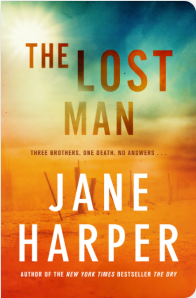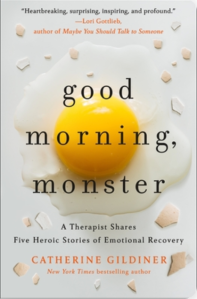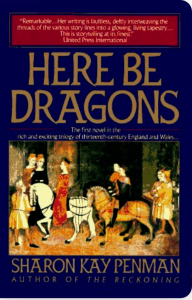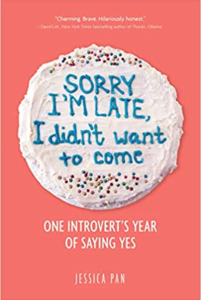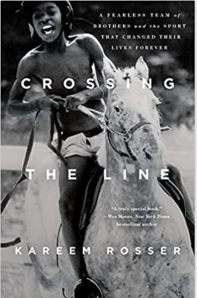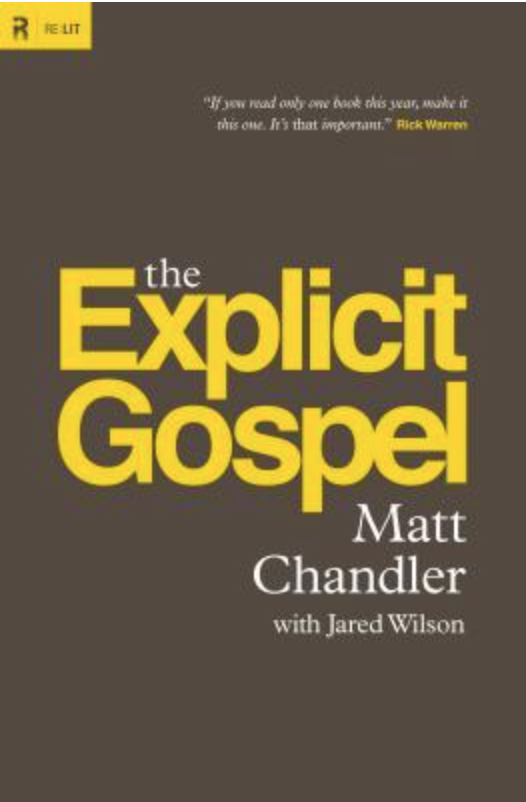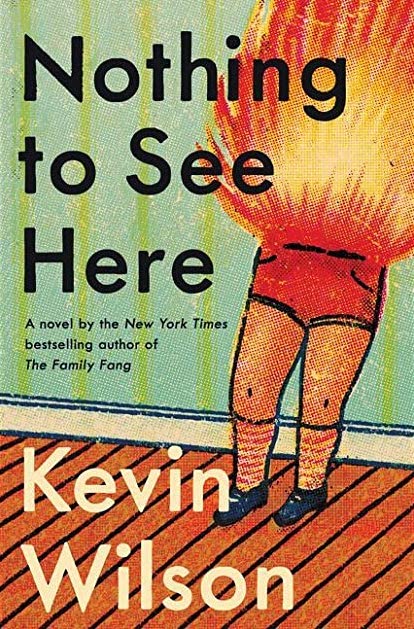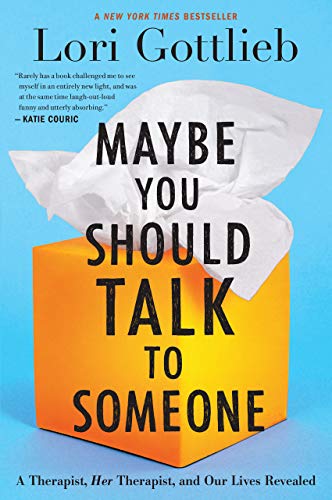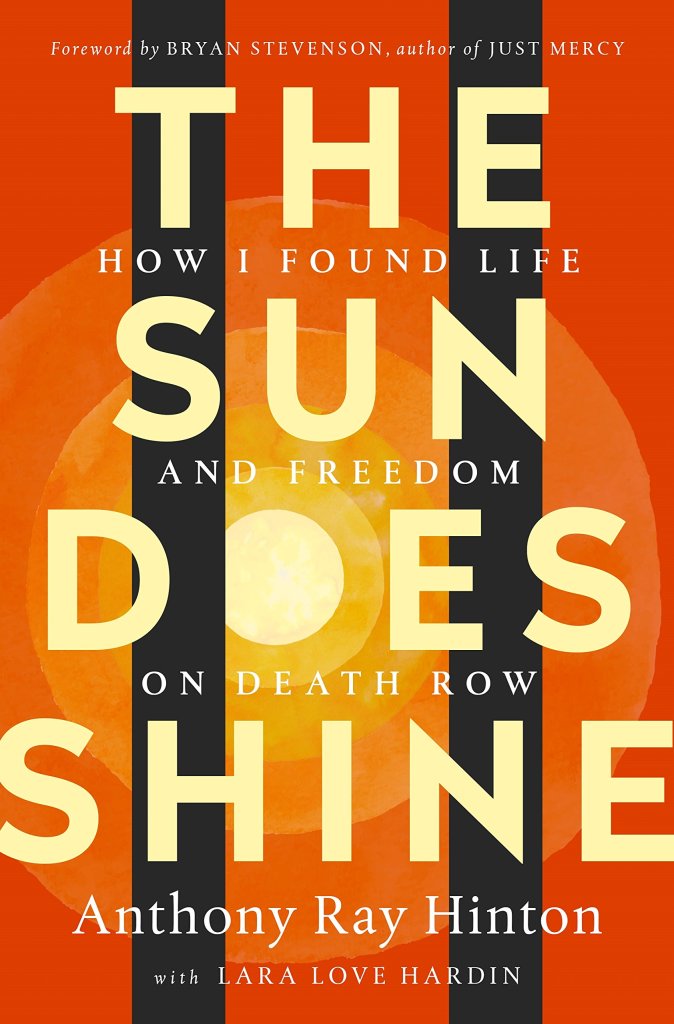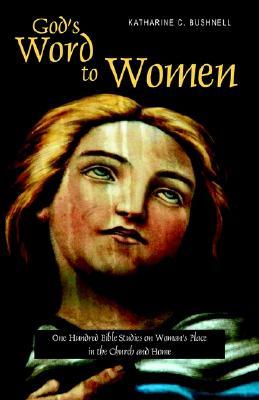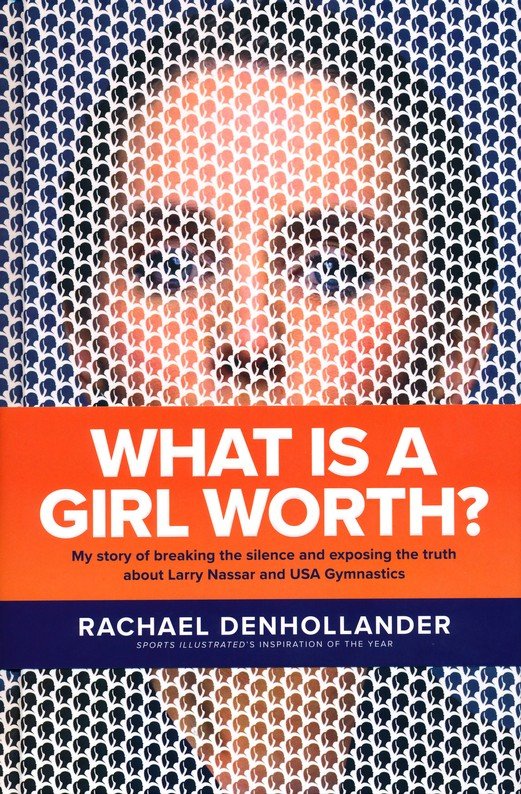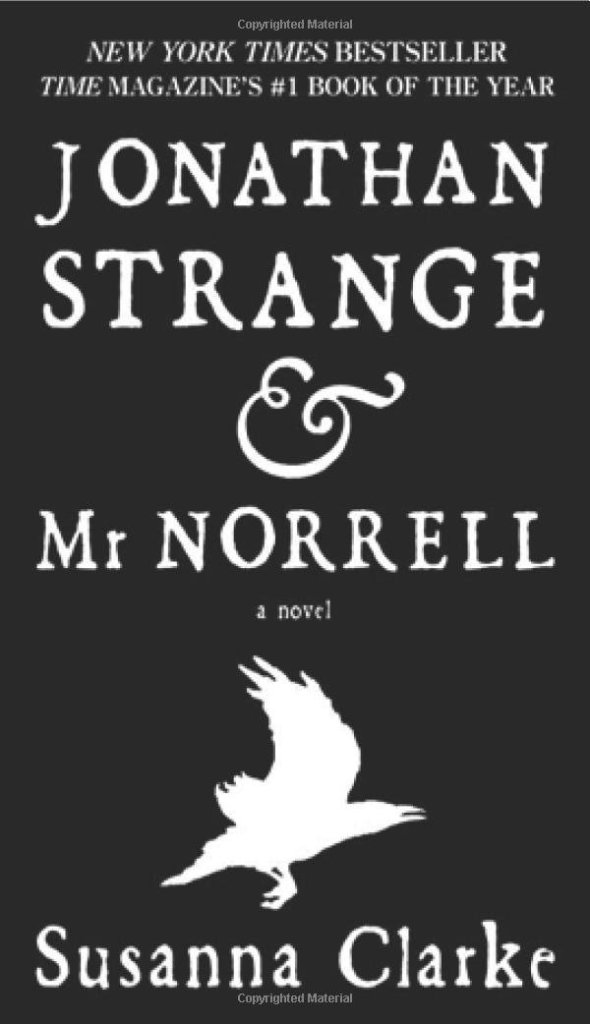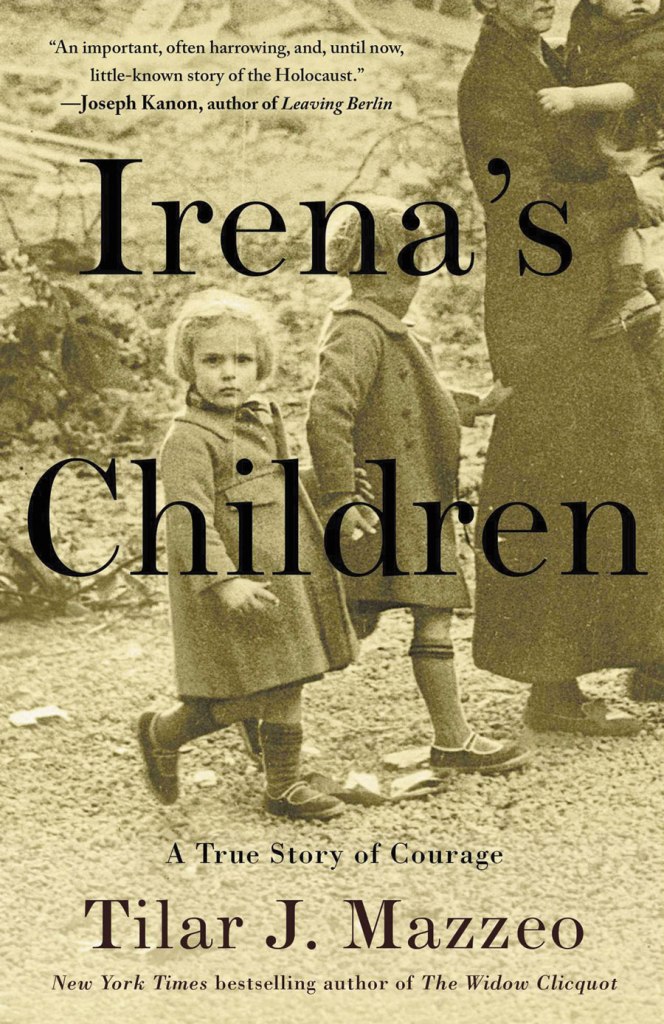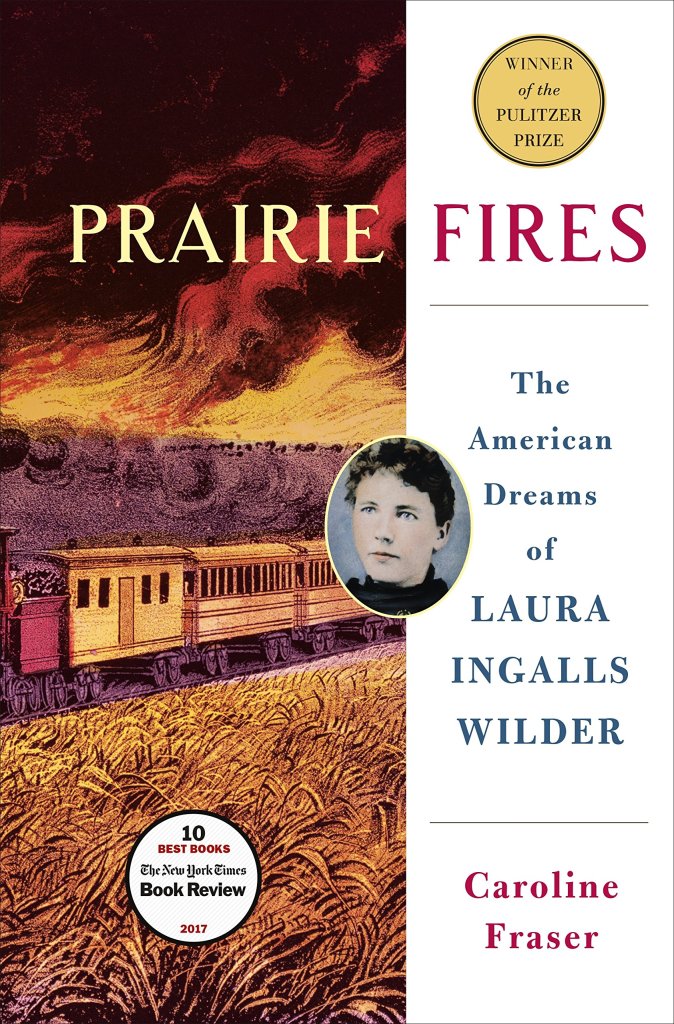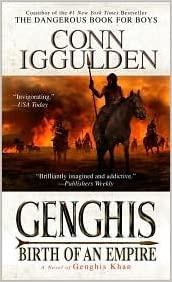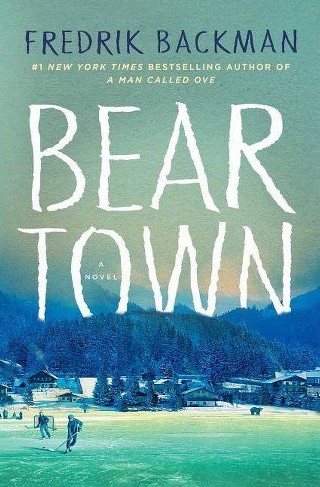It may be February, long after all the end of year wrap up posts have disappeared from the algorithms, yet here I am to highlight a few books from my 2023 reading life. In previous recaps, I’ve examined the breakdown between ebooks and print, the total number of books I’ve read, and the various categories my reading fell into. This time, I’ll just say that I read a lot of books in 2023, more than I have in several years, and a huge number of them were brain candy books, books gave me a spike of happiness and took little effort to read, because it was a difficult year. (Although most of the books I’m highlighting are the opposite and totally worth it.)
For me, brain candy books are essential to my reading life, just as heavy hitting nonfiction or tense survival stories are. I’m finally accepting that my real life affects my reading life, instead of trying so hard to push through a book that might not be right for my current state of being. I abandoned quite a few books, found several new authors whose backlists I’m still working through, and had some months where I roared through an astonishing number of books and other months where my reading pace was much more measured. Plus I moved at the end of 2022, so one of my great joys of 2023 was diving wholeheartedly into a new library and falling in love with it.
Longtime readers of my recaps will remember that I read a huge variety of books and therefore issue a blanket content warning for all of them, and that holds true, so if you have questions about a book, ask away!
The Best Survival Story:
The River by Peter Heller
Two college friends on a wilderness canoe trip soon find themselves racing a wildfire back to safety, while also encountering a man and woman under mysterious circumstances. This is a survival story, a man versus nature and man versus man story, but with a deep and powerful male friendship at its center. It’s short and beautifully written, filled with vivid word pictures of the river and Jack and Wynn’s fight to survive. I’ve never visited the Maskwa River in real life, but now I feel as though I’ve paddled the river myself.

The Best Non-Fiction:
Bloodlands: Europe Between Hitler and Stalin by Timothy Snyder
Millions of people were murdered in the lands between Germany and Russia before, during, and after World War II as Hitler and Stalin carried out their monstrous agendas. This book could also be the saddest book or the book I learned the most from, but it is truly an outstanding work of non-fiction. Most of the records and evidence of these genocides fell behind the Iron Curtain after the war, and Timothy Snyder pulls together the many threads to expose the killings for what they truly were and why they happened. Between Hitler and Stalin, no ethnicity or nationality was spared, and the devastation reverberates to this day.
Bonus: Four Thousand Weeks: Time Management for Mortals by Oliver Burkeman
A productivity book unlike any you’ve read before that embraces finitude and the reality that the to do list will never be complete and we can never prioritize all of our priorities.
The Best Thriller:
The Lost Man by Jane Harper
In outback Queensland, two brothers meet at the stockman’s grave where their other brother fought to survive, and the family’s precarious stability disintegrates under their grief and questions. Nathan, the main character, isolated and struggling, begins piecing together what happened to his brother and long buried family secrets come to light in the process. The outback is central to this story, from the shape of the characters’ lives to the ways they think and behave. I love survival as a theme, and this book delivered in spades, but it’s also an family story laden with atmosphere and mystery.
Best Coming of Age Story:
Mary Jane by Jessica Anya Blau
Set in 1970s Baltimore, fourteen-year-old Mary Jane takes a summer job as a nanny for a psychiatrist only to discover a whole new world when a rock star moves into her employers’ house for treatment. She shows them the wonders of regular family dinners and a tidy house and they introduce her to rock-and-roll, group therapy, and ways of seeing the world that do not align with the neatly ordered, rigid life her parents lead. This is a beautiful slice of life story with messy, imperfect characters who (mostly) care deeply about each other, and by the end, Mary Jane has stepped out of girlhood and toward womanhood with a new perspective on life and being a person.
The Saddest Book:
Good Morning, Monster: A Therapist Shares Five Heroic Stories of Emotional Recovery by Catherine Gildiner
A therapist narrates the stories of five of her patients, who have experienced enormous traumas and yet have the courage to seek healing. Each patient comes to Catherine Gildiner with a specific issue they want to address, but over time the therapeutic process leads both therapist and patient to the deep, crippling emotional wounds that are the root of their struggles. Writing with compassion and clarity, Gildiner does not whitewash the sometimes brutally painful process of therapy and her own mistakes, yet showcases her patients’ tremendous efforts to overcome their struggles. The story I found most compelling was Danny’s, a First Nations man who survived a residential school and slowly reconnected with his community and indigenous identity. While this book needs a content warning for major childhood abuse, it also has hope woven into every story.
The Best Historical Fiction:
Here Be Dragons by Sharon Kay Penman
Joanna, illegitimate daughter of King John, marries Llewelyn, prince of thirteenth-century North Wales, to secure an uneasy truce and is then torn between the two powerful, charismatic men as they battle over Welsh independence. The turbulent era of King John’s reign is on full display on both a national scale and a personal, intimate level, through the eyes of his daughter. This book is meticulously researched, gorgeously crafted, and filled with brilliant characterization – and all of it is actual medieval history. Respected as a masterful historical fiction writer, Sharon Kay Penman takes the reader straight into the heart of medieval England and Wales in all their messy glory.
I also devoured Jill Duggar Dillard and Prince Harry’s memoirs and a thoughtful book dissecting purity culture and its impact, plus finally finished an epic fantasy series that I’d started several years ago. But if you want to know what else I’m reading, come find me on Goodreads! You’ll see a steady stream of books as I add to my infinite TBR as well as the books I read monthly, sometimes with a rave review, sometimes with a grumpy one, sometimes just handing out half stars (I refuse to be limited in my star ratings).
This year I’m experimenting with a new system for choosing my next reads, tackling Shakespeare’s earliest play, and trying to find the exact right translation of War and Peace without resorting to Amazon. Here’s to another year of finishing series and devouring books I fall in love with.
Happy reading!


